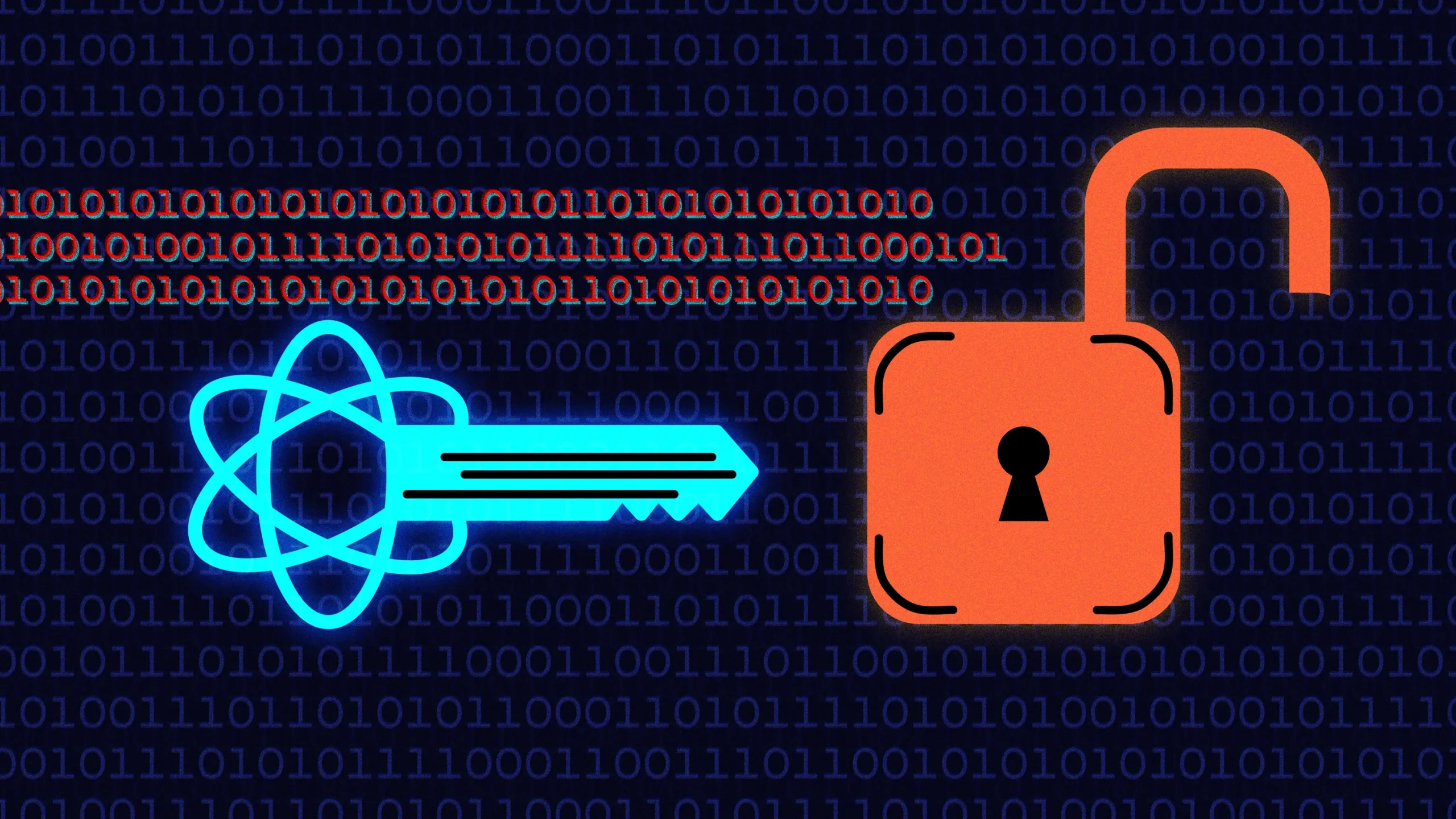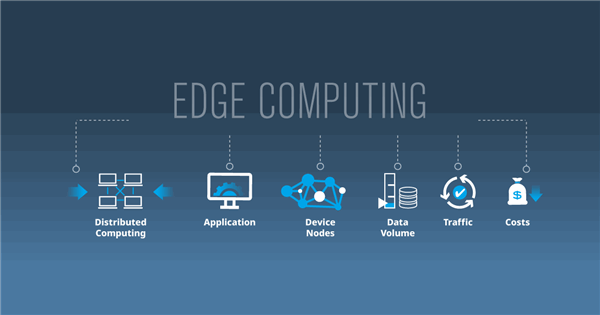Digital twins—virtual replicas of physical systems—are becoming essential in modern IT strategy. These dynamic models allow IT teams to simulate, analyze, and optimize processes in real-time before actual deployment. From smart cities to manufacturing and data centers, digital twins reduce downtime, enhance system performance, and help predict potential failures before they happen. This predictive capability drives efficiency and cost savings, making it a valuable asset for CIOs and tech leaders striving for agility.
In IT operations, digital twins provide visibility into complex networks and infrastructures. For example, they can mirror server environments to test configuration changes, assess scalability, or evaluate cybersecurity defenses—all without touching the live system. This level of control significantly reduces risks, ensuring better decision-making and operational resilience. By syncing real-world data with its digital counterpart, teams gain a continuous feedback loop to fine-tune performance and detect anomalies early.
As organizations increasingly adopt IoT and edge computing, the relevance of digital twins grows. These technologies produce massive amounts of data, and digital twins help make sense of it by contextualizing and simulating outcomes. To fully harness their power, IT professionals need to develop expertise in systems modeling, AI, and data integration. Investing in digital twin technology not only modernizes IT operations but futureproofs businesses in an ever-evolving digital ecosystem.




